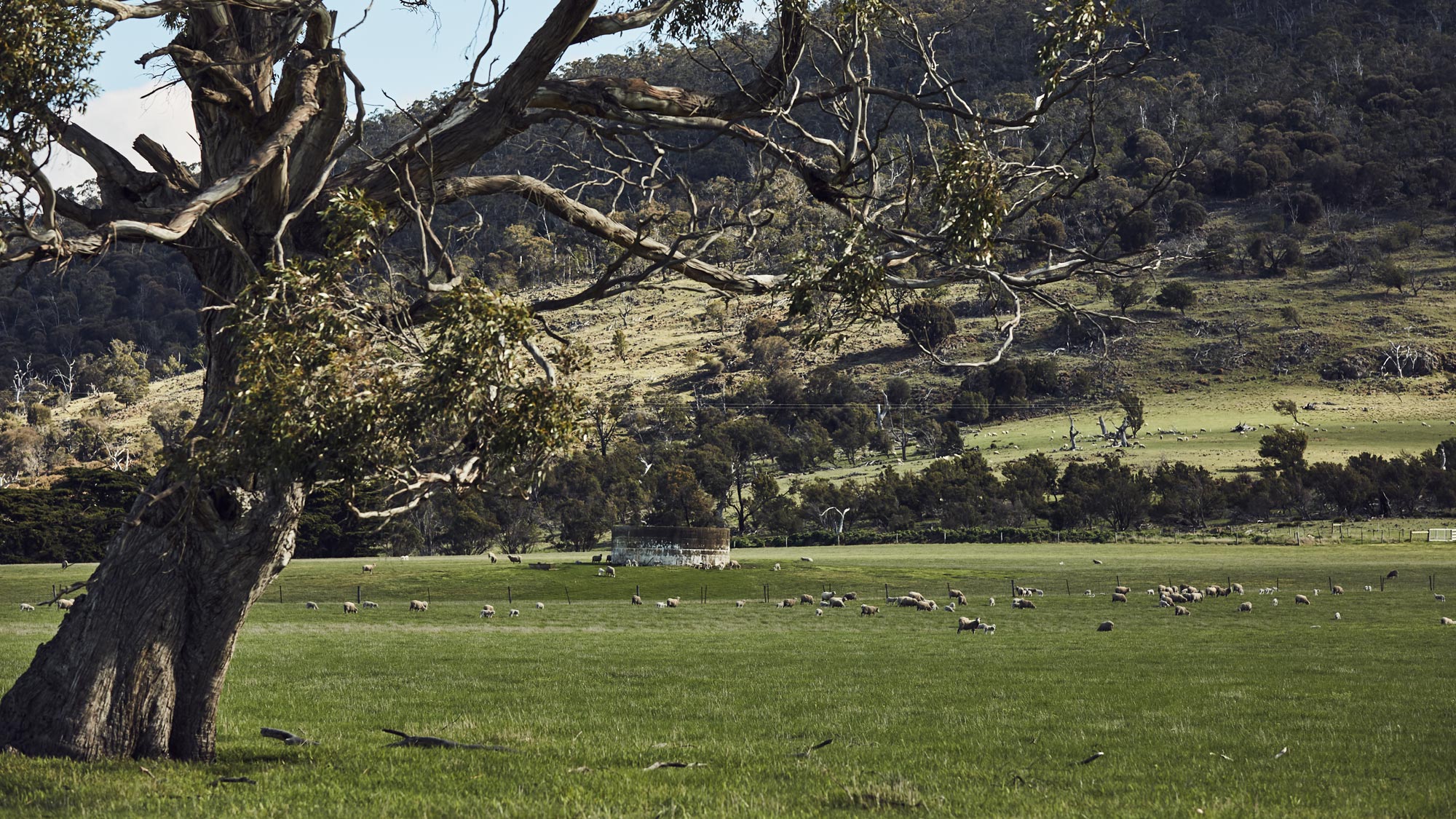Tool 5.4 Weed control tactics in native vegetation
Tool 5.4 Weed control tactics in native vegetation
The 5-tactic weed control matrix applied to native vegetation
|
Tactic 1 – Deplete the potential for ongoing weed establishment |
|
|
Objective |
Example actions to choose from |
| Encourage weed germination to allow application of Tactic 2 | Burning, soil disturbance, reducing groundcover |
| Reduce viability of weed seeds or other propagules | Burning, grazing, biological control |
| Remove weed seeds or other propagules from area | Predation, grazing and physical removal of propagules |
| Reduce germination opportunities | Maintaining high levels of groundcover can prevent many annual weeds from establishing |
|
Comments – many of the actions required for this tactic are not applicable in established native vegetation but can greatly assist by reducing the weed burden before a re-establishment project commences. On the other hand, it is critical in native vegetation (especially native pastures), to ensure that the germination opportunities for weed species are minimised – usually by leaving a higher level of residual feed in the paddock than would be usual for improved pastures. |
|
|
Tactic 2 – Kill/remove weeds from target areas |
|
|
Objective |
Example actions to choose from |
| Kill weeds | Physical removal, herbicide application, cultivation, burning, biological control, cutting |
| Increase competition from desirable vegetation | Plant desirable, competitive species to replace the weeds; improve competition by using appropriate plant density, fertiliser, disease control, mulching and insect control |
|
Comments – most weed control programs begin with (or include) killing the current population of mature, seed producing weeds. All effective weed control programs equally focus on ‘strengthening the competition’, otherwise the original weeds will simply re-invade, especially if the removal of the weeds has created disturbance and open spaces. |
|
|
Tactic 3 – Stop weeds setting viable seeds (or other propagules) |
|
|
Objective |
Example actions to choose from |
| Control weed seed set or other propagule formation while minimising the effects on the desirable vegetation. | Use alternative herbicide application techniques (e.g., wick wiping, selective spray-topping, spot spraying), physical removal, spray grazing, strategic cutting or pruning |
| Control weed seed set or other propagule formation even if there is a significant impact on the desirable vegetation. | Non-selective herbicide, strategic cutting, burning or heavy grazing, cutting pasture for hay or silage. |
|
Comments – the more severe the weed infestation, the stronger the initial focus will need to be on stopping weeds from setting seeds or forming other viable propagules, even if there is a significant impact on desirable vegetation. This tactic will only be successful if followed by a major effort to revegetate and to increase the competition from desirable vegetation. |
|
|
Tactic 4 – Prevent the occurrence of weed seeds or other propagules or nearby weeds entering the target area |
|
|
Objective |
Example actions to choose from |
| Physical removal of viable propagules from target area | Removing and destroying propagules, e.g., seed heads or fruit by picking, cutting or burning |
| Use Tactics 2 or 3 in the area where the weeds produce seeds or other propagules that are likely to enter the target area | Selective or non-selective spraying, burning, grazing, physical removal, etc., in the source area potentially delivering seeds into the target area |
|
Comments – this tactic is best suited to weed species that are undesirable in any location (e.g. gorse or blackberry) and not at all well for species that are weeds in conservation areas, but desirable species on other parts of the farm (e.g. phalaris). This tactic often requires collaboration with neighbours if they are the source of weed seeds. |
|
|
Tactic 5 – Prevent viable propagules from external sources entering the target area (quarantine) |
|
|
Objective |
Example actions to choose from |
| Improve hygiene of area to prevent entry of new weeds |
Quarantine the area, limit animal (e.g. livestock), machinery (e.g., recreational vehicles, boats, excavators, etc.) or feed sources (e.g. hay) access to area Use weed-free seed, seedlings, tube stock, mulch, etc., when establishing desirable plants in the area Dispose of removed weeds/ seeds/fruit by burning, deep burial, composting, covering with plastic or send to tip |
|
Comments – this tactic is simply good farm hygiene and a sensible (cautious) approach to quarantine to minimise the risk of importing further weeds (production or environmental) onto the farm. |
|






